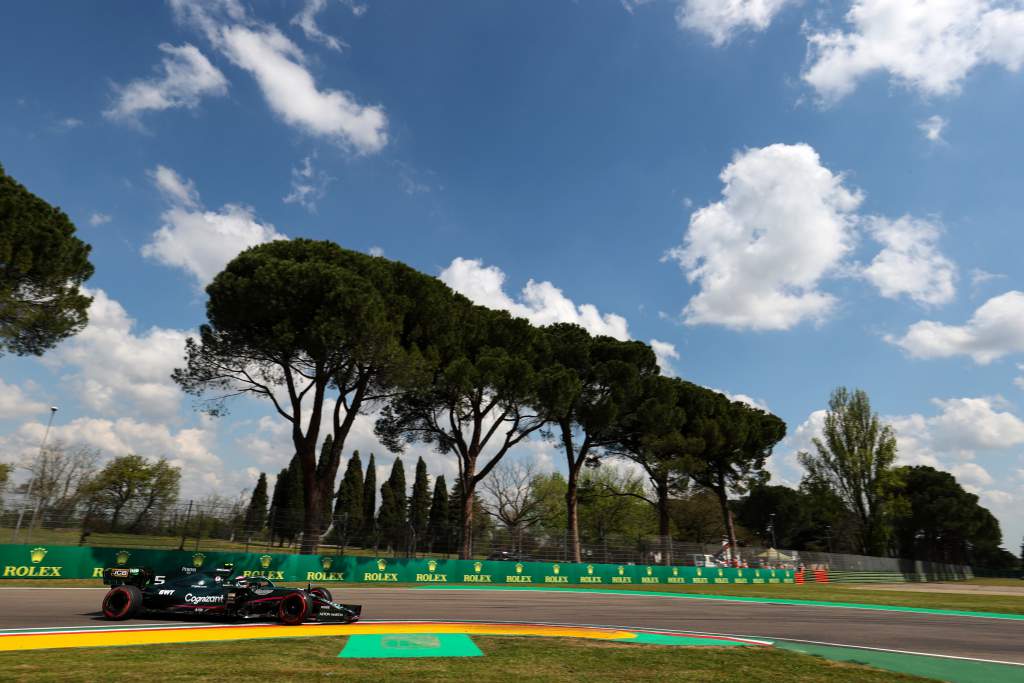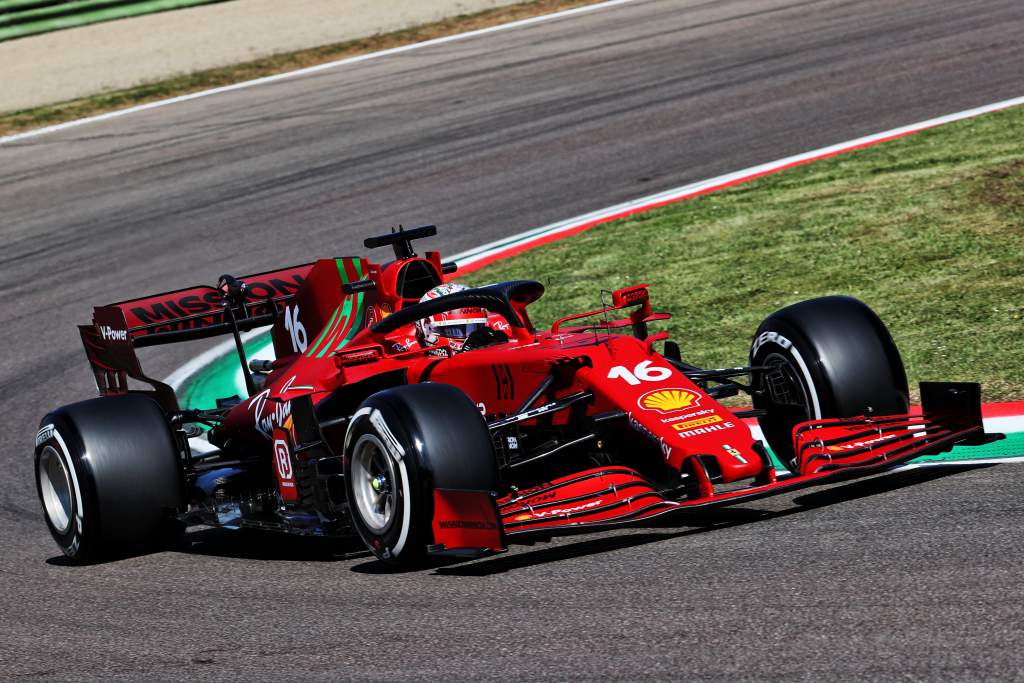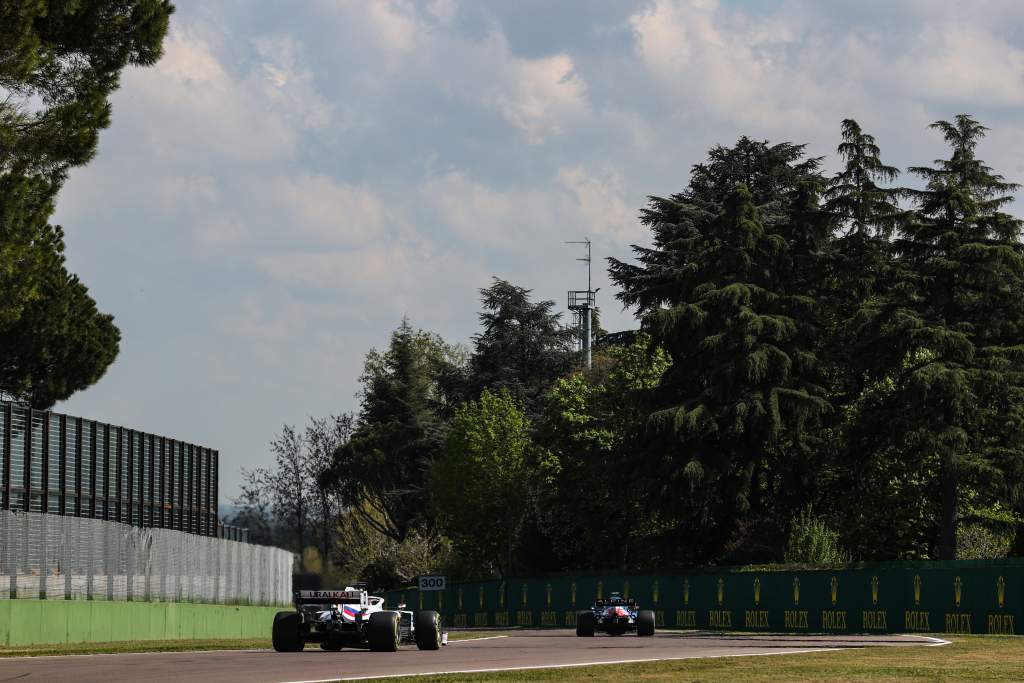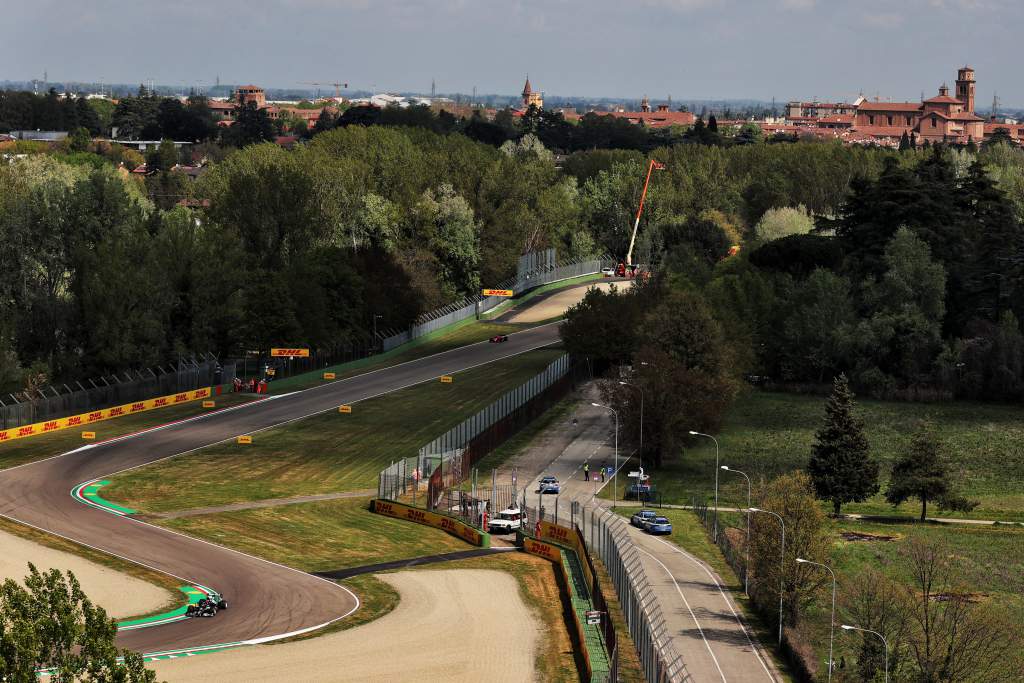Up Next

Formula 1’s data drop-out ahead of the opening practice session left teams “blind” without radio communication and some live data, and relying on pitboards to message drivers.
A yet-to-be-disclosed systems issue at Imola robbed F1 of a huge amount of data just as FP1 was due to begin on Friday.
F1 had to rapidly switch over to back-ups for the world feed but practice began with a pre-shot airborne lap of the circuit from a helicopter, while live coverage on F1’s subscription service F1TV was delayed by a few minutes while the back-up was established.
The world feed gained live pictures quickly but no onboard footage was available either in the main broadcast or via F1TV as those images were lost for the entire session.
The data channels were also abandoned which meant a combination of live timing, race control messages and other information was not available publicly or privately, while teams suffered varying degrees of radio drama.

“Until you lose that kind of data you don’t realise how much you rely on it,” said Aston Martin F1 team principal and CEO Otmar Szafnauer when asked about the issues by The Race.
“It was like we were blind on the pitwall and even driver communication wasn’t working.
“It made things much more difficult. Root cause, I don’t know why it happened. But hopefully it’ll be fixed for FP2.”
The cause of the problem and the status of the attempted fix were unknown with only an hour to go before FP2 started.
Ferrari team boss Mattia Binotto explained that losing so much data is less of a performance concern in the moment, but rather a concern for the ability to manage the session as it happens.
The team had its own telemetry and was able to plan its analysis prior to FP2 unaffected.
But he said in the moment “you may start imagining how it was at the time where the radio was not there”, describing the bizarre situation as “interesting to see but difficult to manage”.

Ferrari ended Charles Leclerc’s first run early due to a combination of the radio issues and a potential engine problem, which Binotto said were a shared concern.
“It was a big problem,” he said. “I don’t know if in all the teams we had exactly the same problems but for us it was very difficult, especially on Charles’ car.
“We had no way of communicating to him. So, we aborted the first run, because we had a small issue. We are running our race power units, the ones we fit in Bahrain are used for the entire weekend, so if you’ve got any problems, you don’t know how to react and to communicate.
“It’s difficult because you cannot give him advice on cars following so then there can be impeding situations which are not voluntary at all. It will be difficult for the drivers as well to know who is coming behind.
“Those types of problems are serious. We know that was not based on voluntary from FOM but hopefully that will be addressed and sorted out for FP2 because communicating with drivers from the pits is always very important for safety, functionality, and reliability.”
Haas team boss Guenther Steiner suggested that as everyone quickly worked out they had similar radio problems, there was an extra degree of awareness on-track.
However, when the FIA stewards investigated an unseen clash between Sergio Perez and Esteban Ocon, their review found that it was “not helped by the fact that both drivers had limited or no communications with their teams at the time”.

Steiner said Haas was missing GPS data and tyre information about other cars, and didn’t have “any timing in the beginning but some of the timing came back”.
It had no radio communication apart from at one corner, so “instead of the radio, we used a good old-style pitboard – that’s the only thing you can do”.
AlphaTauri was “confused” how to manage the session at first, said team principal Franz Tost, especially as it was not possible to give the drivers the usual advice from the beginning.
In their situation the drivers were able to hear the team’s messages, but not the other way around.
“It was a completely new situation because no one was prepared for this,” said Tost.
“And I hope that for the second session they can sort it out because it’s really not so easy. And we were lucky that nothing happened.”
Alfa Romeo chief Frederic Vasseur said the main thing was that teams still had the necessary safety data, and they were able to access telemetry in the second half of the session.
He said the experience was “a bit strange” but fortunately did not become a “drama”.
“But we are not used to this now!” he laughed. “And we discussed it after the session because the drivers were complaining about the radio.
“I said 20 years ago, guys, they were able to drive without the radio!”




